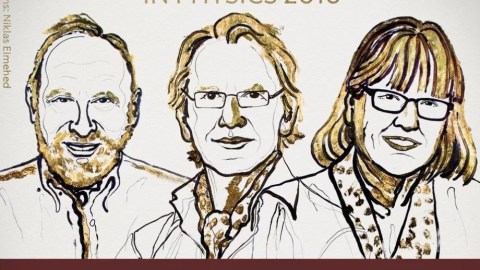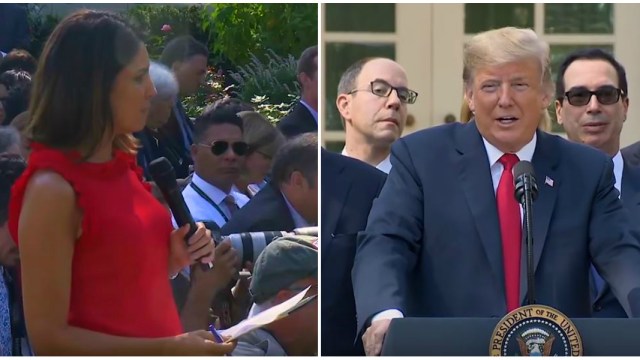Physics Nobel awarded to Donna Strickland, third woman in history to win

Image: Nobel
- Strickland, a 59-year-old Canadian physicist, helped develop a technique that led to many laser technologies used today.
- Two other women have won the Nobel for physics; one in 1963, the other in 1903.
- Strickland shares the award and $1 million prize with two other scientists, Arthur Ashkin and Gerard Mourou.
The 2018 Nobel Prize in physics has been awarded to three physicists, including one female, for their work in advancing laser science. It marks the third time a woman in physics has won the award.
Donna Strickland, a professor at the University of Waterloo in Canada and self-described ‘laser jock‘, shares the award and a $1 million prize with Arthur Ashkin, a retired American physicist, and Gerard Mourou, a professor at the École Polytechnique in France and University of Michigan.
In the 1980s, Strickland and Mourou developed a technique called chirped pulse amplification, which produces ultra-short and “ultra-sharp” laser pulses through a three-part process that involves stretching, amplifying and compressing a laser beam. The pair outlined their landmark research, which led to the development of many medical tools including those used to perform laser eye surgery, in a 1985 paper. It was Strickland’s first time being published.
Ultra-sharp laser beams make it possible to cut or drill holes in various materials extremely precisely – even in living matter. Millions of eye operations are performed every year with the sharpest of laser beams.#NobelPrizepic.twitter.com/MiYb4i8AHw
— The Nobel Prize (@NobelPrize) October 2, 2018
Ashkin was awarded the Nobel Prize for developing laser tweezers (or optical tweezers), now a widely used technology that allows scientists to manipulate atom-sized objects by focusing laser beams on them.
"Dr Ashkin's work on optical tweezers could be something out of a sci-fi book," Clara Nellist, particle physicist at the ATLAS experiment at CERN, told Gizmodo. "He took the idea of a tractor beam and shrunk it down to the microscopic scale in order to be able to capture individual viruses and bacteria."





